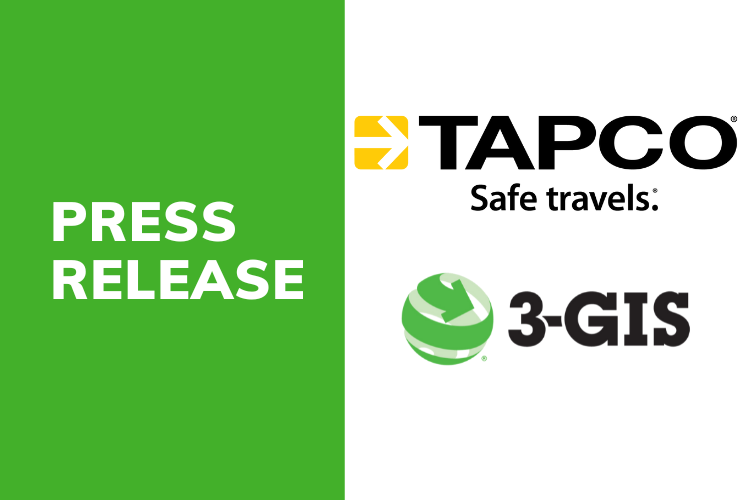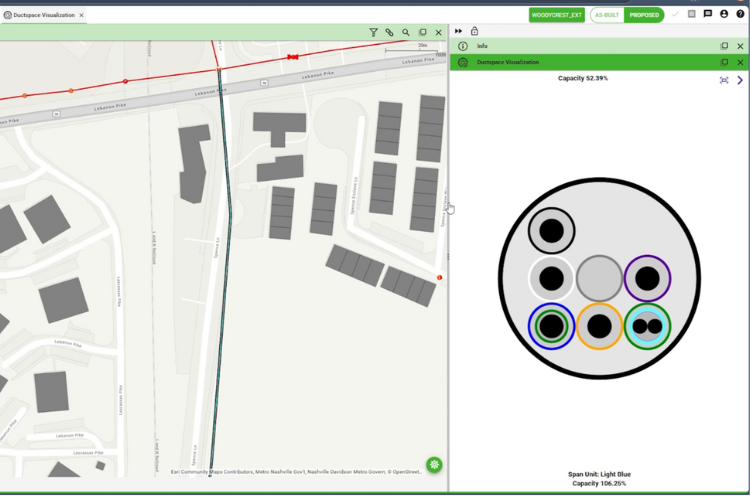Consolidation. The word on everyone’s lips. If you work in the fibre industry, and you happen to have the privilege of residing in the home of bad weather that we call Great Britain (but would we live anywhere else?), then the only way you won't have heard this word is if you’ve been on a 6-month sabbatical to Tasmania studying wildlife.
Like everyone else, I’ve been reading the latest news stories, and, overall, agree that the UK fibre market is about to go through a period of volatility, shift, and then, eventually, stability. But this was always the plan, right?
Ofcom1 wanted an open and competitive landscape, and cheap interest rates made it easy for AltNets to appear out of nowhere, rapidly build networks in underserved parts of the UK, and establish themselves in the market. It’s been highly effective, with homes passed2 numbers spiking in the last 3 years—and not just in London, Manchester, and Birmingham, but in some genuinely underserved areas that historically haven’t been given the time of day.
However, what we’ve ended up with is 160 or so AltNets scattered across the UK, each with a valuable network footprint, but each struggling to compete with the big players when it comes to turning up and connecting customers. It was only natural then that these AltNets started to consolidate to become more competitive. The message from INCA was always to provide the end customer with fair and better service by introducing competition to the likes of VMO2, BT, Vodafone, etc. Only by combining their networks and consolidating can the INCA community and the AltNets do that, with a few AltNets, like CityFibre3, G.Network, and Community Fibre, leading the charge and acquiring other network footprints from AltNets.
We have seen this happen before in the United States, and we’ve learned what works and how we can help companies in an environment of consolidation. So, let’s break it down and simplify it.
There are two types of companies that exist in this climate. The first is the acquirer, the company that is going out and actively purchasing other AltNets and networks to bring into their company. The second is the acquiree, the company that is on the market for sale, looking to get the best price for the network footprint they have worked tirelessly over the last few years to build.
How do we help these companies?
The acquirer
Companies that are looking to buy other companies and networks need a network management system that is scalable but most importantly flexible and robust. What we have found is that whilst in the mist of acquiring and onboarding multiple companies and networks, the acquirer is too busy to fully migrate the existing companies' systems and processes into theirs. However, they are looking for a way to offset the costs of the company they are acquiring by bringing in core solutions like network documentation in house straight away. We have helped companies in this situation multiple times.
It is easy to have multiple networks with different configurations, architectures, processes, and schemas within one instance of 3-GIS | Web. This means that instead of having to go through a complex and expensive migration of data and processes right away, you can maintain the data and processes the way they are currently and then slowly migrate the data and the processes into the way you want the network to be operated over time—thus reducing the workload and risk of acquiring another network.
In addition, your team will want to go through a process, over time, of auditing the network that you’ve purchased. Is it exactly what we bought? Are homes connected the way it was documented? We have built simple to use tools specifically for this network auditing that gives the acquirer confidence in their new network and has proper answers to these questions.
The acquiree
For companies that are on the market to be acquired, the value of their company is their network. The only way to properly value that network is to have accurate documentation of it. We have seen this repeatedly from our work in the United States. Companies that have proper documentation of their network find it easier to show the value of their company and typically sell their company for more, partially due to the ease at which an acquirer can take their network documentation and pull it into their own systems. If the acquirer must go through a lengthy process of manually documenting the purchased network, the cost increases tremendously. In this case, they typically try to offset that cost against the purchase price, with margin. (Just last year we worked with a company forced by the acquirer to implement our software and spend one year tidying up their network data before the deal was resolved.)
It is paramount that the acquirees spend the time, money, and effort properly documenting their network and all splicing/connectivity. Only then will they get the greatest return when it comes to selling.
In summary, companies involved in potential consolidation scenarios—whether as the buyer or the target—need to prioritise thorough network documentation and system flexibility. This will be crucial for maximising return on investment in the coming years.
Citations:
1 Promoting competition and investment in fibre networks. Ofcom. 29 March 2019. https://www.ofcom.org.uk/__data/assets/pdf_file/0018/142533/consultation-promoting-competition-investment-approach-remedies.pdf
2 Ofcom: Full-fibre broadband now available to more than 50% of UK homes. Fiber Systems. https://www.fibre-systems.com/article/ofcom-full-fibre-broadband-now-available-more-50-uk-homes
3 CityFibre Targets UK AltNet Acquisitions Despite Big Losses. ISPreview. 24 July 2023. https://www.ispreview.co.uk/index.php/2023/07/cityfibre-targets-uk-altnet-acquisitions-despite-big-losses.html



